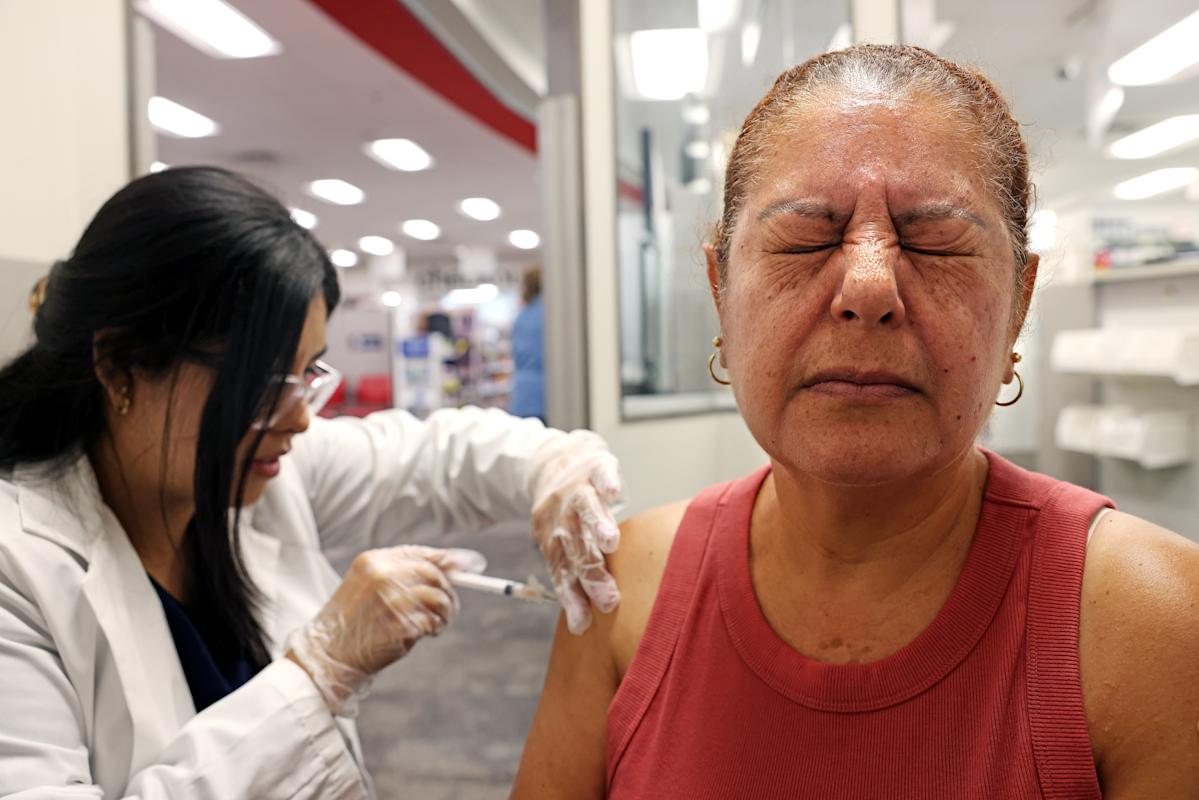
There’s a smarter way to plan for medical costs in retirement
How did your country report this? Share your view in the comments.
Diverging Reports Breakdown
There’s a smarter way to plan for medical costs in retirement
A 65-year-old couple retiring today may need as much as $351,000 to have a 90% chance of covering their medical expenses in retirement. Sudipto Banerjee, a global retirement strategist at T. Rowe Price, recommends a two-bucket approach. Plan for predictable premium costs, and build Medicare Part B, Part D, and supplemental insurance premiums into your regular cash flow, he says. The choice between traditional Medicare, Medicare Advantage, and adding a Medigap policy can significantly affect both expenses and protection against unexpected bills.
It sounds daunting, even overwhelming, to consider the total cost of healthcare in retirement. Research from the Employee Benefit Research Institute found that a 65-year-old couple retiring today may need as much as $351,000 to have a 90% chance of covering their medical expenses in retirement.
But according to Sudipto Banerjee, a global retirement strategist at T. Rowe Price, that widely cited figure is misleading and can create needless anxiety.
“My first point would be not to really focus on … that one single number,” Banerjee said in a recent Decoding Retirement podcast. “It’s basically what a couple will spend over 30 years. It’s just the sum of that.”
For those approaching retirement, Banerjee explained that the more useful focus is cash flow — understanding your income, your expenses, and how much you’ll spend on healthcare each year.
“Healthcare is not something where you retire one day, then you cut a check for $350,000 to someone and it’s taken care of,” he said. “It doesn’t work like that. It’s an ongoing process, and every year you have to make decisions.”
Rather than obsessing over total lifetime costs, Banerjee recommended a practical two-bucket approach.
In the first bucket, plan for predictable premium costs, and build Medicare Part B, Part D, and supplemental insurance premiums into your regular cash flow. These costs are relatively stable and predictable, making them suitable for budgeting like any other fixed expense.
In the second bucket, maintain a separate cash reserve of $5,000 to $10,000 for deductibles, copays, and unexpected medical expenses. Replenish this fund annually as unpredictable out-of-pocket expenses come up.
“You have a very good idea how much you are going to need for your health insurance premiums, so you can basically build that into your cash flow,” he said. “The more trickier part is the out-of-pocket expenses, where you might not know exactly how much you’ll need.”
This approach acknowledges that retirement healthcare isn’t a single large bill, but a series of ongoing decisions and payments that can be managed systematically.
Read more: A step-by-step guide for retirement planning
The Medicare decision that can’t be undone
Another major driver of healthcare costs is Medicare coverage. The choice between traditional Medicare, Medicare Advantage, and adding a Medigap policy can significantly affect both expenses and protection against unexpected bills.
